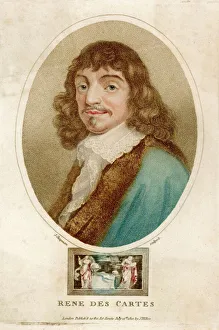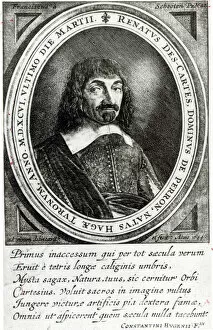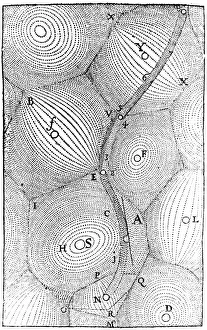Cartesian Collection
Rene Descartes, the renowned French mathematician and philosopher, left an indelible mark on the world of science and philosophy
All Professionally Made to Order for Quick Shipping
Rene Descartes, the renowned French mathematician and philosopher, left an indelible mark on the world of science and philosophy. His groundbreaking works continue to influence scholars and thinkers even today. One of his notable publications is "La Geometrie, " which featured a captivating title page engraving from 1664. This print showcased Descartes' dedication to exploring the intricacies of geometry, a subject he revolutionized with his Cartesian coordinates. Descartes was not confined to one location in his pursuit of knowledge. He spent time in Amsterdam, where he furthered his studies and expanded upon his philosophical ideas. A portrait captured during this period showcases him as a thoughtful scholar immersed in deep contemplation. In addition to mathematics and philosophy, Descartes delved into anatomy and physiology. His treatise on man's formation included a frontispiece illustration depicting the intricate workings of the human nervous system, particularly focusing on the pineal gland's role. The pineal gland fascinated Descartes as he believed it served as a connection between mind and body. Another illustration highlighted its effects on the human nervous system, shedding light on Descartes' holistic approach towards understanding human existence. A black-and-white photograph from 1644 immortalizes Descartes' intellectual presence through an engraved portrait. The image captures both his wisdom and determination that propelled him forward in unraveling complex scientific concepts. Descartes also ventured beyond Earth's boundaries by proposing his own solar system model in "Description de l Univers. " This depiction showcased his innovative thinking regarding celestial bodies' movements within our universe. Furthermore, another illustration from "De Homine Figuris" exemplifies Descartes' commitment to dissecting humanity's physical form meticulously. Collaborating with Pierre Sylvain Regis for this work allowed them to explore various aspects of human anatomy together.


















